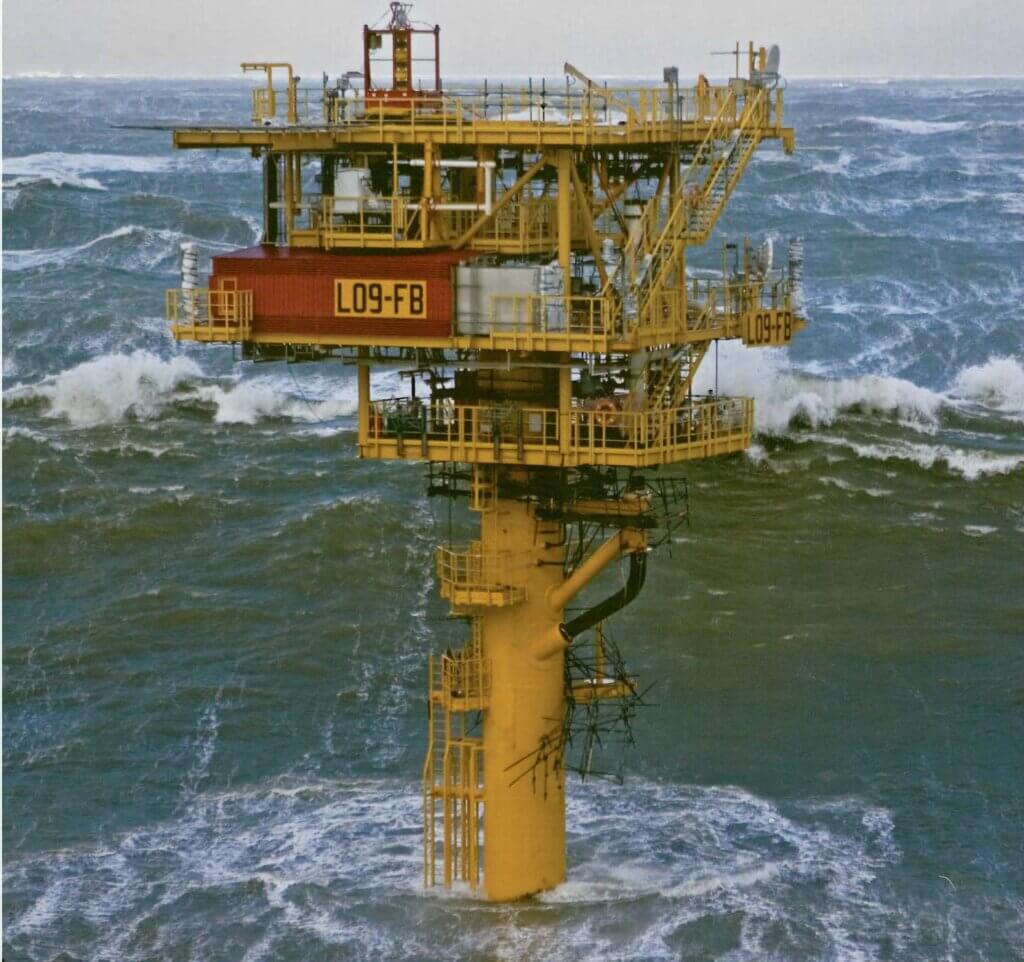Introduction
In the North Sea, three monopiles were equipped with a deluge fire-fighting system. To ensure its effectiveness, a water hammer calculation was carried out. This system comprised a two-ring fire water setup, with four sprinkler lines linked to the lower ring. Additionally, considerations were made for potential future scenarios where four more sprinkler lines might connect to the upper ring.
Analysis
Two types of analysis were performed:
- Firstly, a slug analysis was conducted to evaluate the water’s behavior as it surged into the initially empty system upon the deluge valve’s opening. This rush of water formed a slug, moving through the system with force. The abrupt changes in momentum, particularly at elbows and tees, generated unbalanced reaction forces. The highest slug load occurred at the system’s outset, gradually diminishing due to friction as the system filled.
- Secondly, a surge analysis was performed to simulate the effects of a pump failure leading to an abrupt stoppage.
“At what time do we open the valve?”

Results
The results revealed significant differences between the two analyses. Unbalanced forces resulting from pump failure were notably higher than those observed in the slug analysis. As anticipated, the slug effect waned after passing through three elbows, with its velocity and associated load decreasing steadily. The momentum flux load was influenced by water velocity, which naturally decreased as the slug traversed the piping.
The findings indicated that for an instant opening deluge valve, the maximum load peaked at 2.6 kN at the first bend, decreasing at subsequent bends. Slower valve opening times led to reduced slug velocity and smaller loads. It was thus recommended to open the valve gradually: within the first 4 to 5% of the total opening time, followed by completion within the subsequent 4 seconds.







